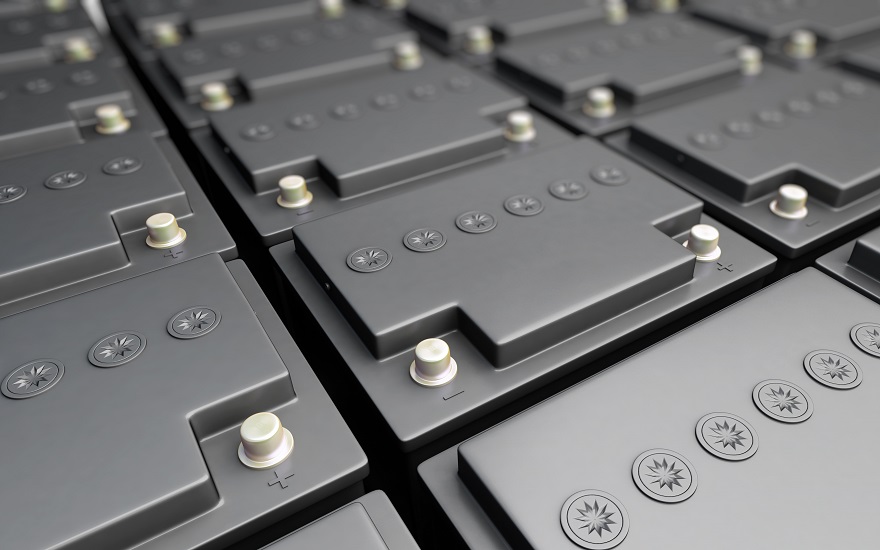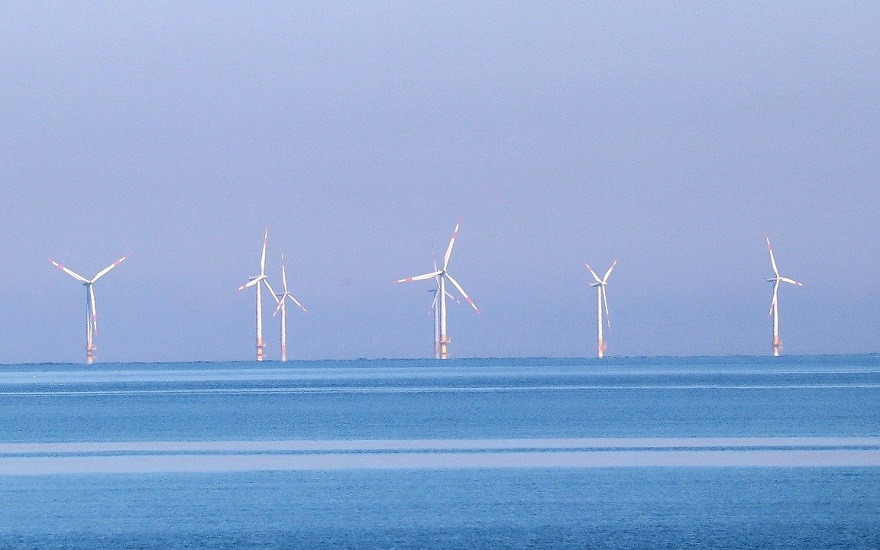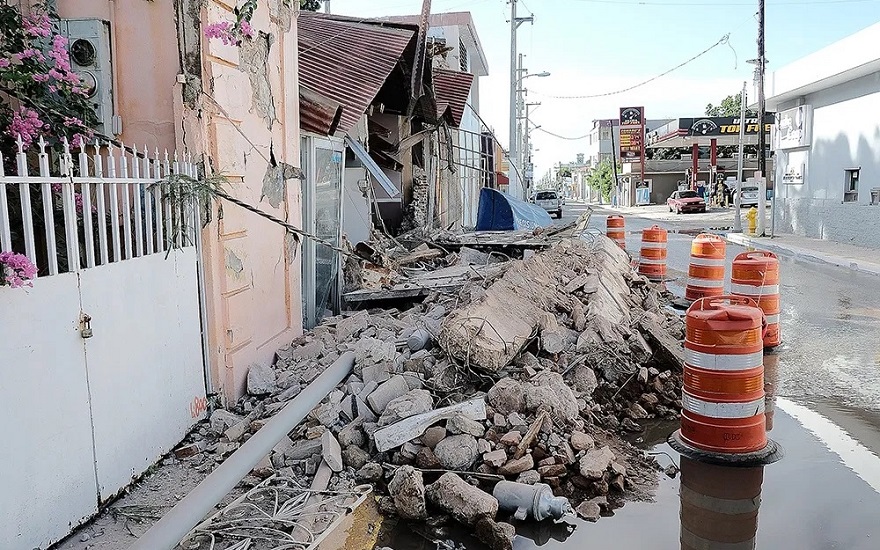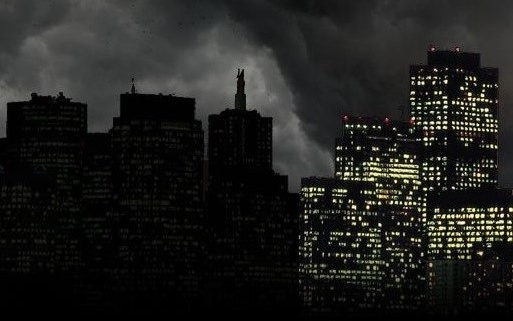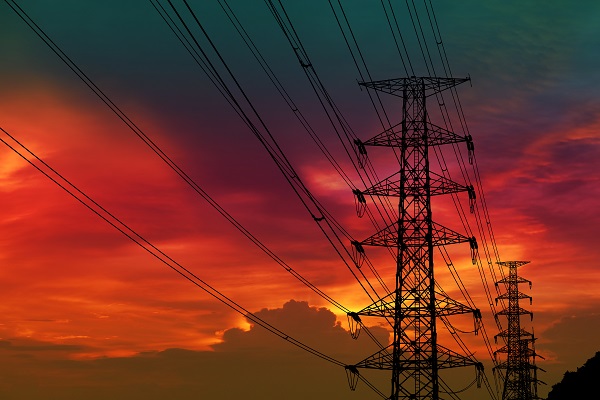Nearly 500 MW of battery storage helped minimise the disruption during August’s power outage.
On Friday 9 August, the UK’s electricity system tripped and had its frequency restored to safe operating limits within four minutes. Three minutes 47 seconds to be precise.
While the disruption for some customers cut off during Low Frequency Demand Disconnection (LFDD) lasted for over half and hour, and train chaos ensued for some well into the next day, it’s fair to say the industry breathed a sigh of relief that things weren’t substantially worse.
A big reason why frequency returned to normal so quickly was because National Grid could deploy 472 MW of battery storage in a matter of milliseconds. That’s almost half its reserve capacity of 1,000 MW.
Traditionally when there’s a sharp drop in frequency, parts of the network are cut off (load-shedding) to protect the rest of the grid.
Additional power generation is brought online to try and plug the shortfall. This is usually tasked to coal-fired or similar power plants, which took time to kick in.
That’s why other notable power cuts in the UK, such as those in 2003 or 2008, took longer to resolve.
For instance, it took 11 minutes to restore grid frequency in 2008 when there weren’t any grid-connected batteries offering backup.
Batteries And The Blackout
However, in August things were very different.
National Grid has its own 200 MW-strong portfolio of enhanced frequency response batteries, which can respond to incidents in half a second.
Plenty of other battery storage is available from aggregators as part of wider demand side response mechanisms.
So milliseconds after the Little Barford and Hornsea plants went offline after the lightning strike, batteries started to discharge while other reserve generation capacity kicked into action.
National Grid deployed its entire reserve of around 1,000 MW, which wasn’t enough to compensate for the initial loss of 1,481 MW generation, causing frequency to fall to 49.1 Hz.
Just as frequency started to recover, a second trip at Little Barford took a further 210 MW offline (taking the total generation loss to 1,691 MW) and with no further backup power to call-on, frequency fell again, hitting the “danger zone” of 48.8 Hz where the LFDD defence scheme automatically comes into play.
This triggered 5% of the national demand (1.1 million people and 1 GW) to have their electricity cut off, which enabled frequency to reach safe levels again.
In the days following the blackout, questions were asked about whether National Grid needed to review its policy on reserve capacity. It is currently based on offsetting the collapse of the single biggest power generating plant, which at present is the 1.2 GW Sizewell B nuclear reactor.
As August’s events proved, the loss of several smaller generation plants can quickly add up to exceed this safety net. It’s estimated that doubling the battery storage-powered frequency response capacity would cost around £100 million a year.
Isn’t there a case that adding a few pounds per year to the average electricity bill is a small price worth paying to provide greater backup?
This is particularly true as we transition from an energy network dominated by a few sizeable power plants into a far more diverse, distributed and dare we say more unpredictable future.
Batteries also have the advantage that they aren’t hindered by a falling frequency, as opposed to traditional power plants. The lower the frequency, the harder it is for these plants to push power to the grid.
But batteries simply switch on and send electricity straight out at 50 Hz.

Batt To The Future
Jeremy Harrison, an analyst from consultancy Delta-EE, told Electrical Review magazine: “Could energy storage have helped prevent the blackout? Technically the answer is clearly yes: batteries are well suited to providing millisecond response time for grid stability – when National Grid tendered for a new sub-second response frequency product in 2016, all of the contracts were won by batteries.”
He went on to add: “However, the blackout raises more fundamental and interesting questions around the future of the grid through the energy transition.
“A simple but costly approach would be to reduce the risk of such a blackout by having a higher level of reserve contingency. It could include a number of technologies, including batteries, but somebody would have to pay for it.
“A different approach – preferred by Delta-EE as it’s potentially lower cost and more sustainable in the long term – would be to embrace the growth in distributed energy resources: namely, to use embedded generation, DSR and interconnected local energy systems, also known as microgrids, to provide an increased level of resilience.”
Looking even further into the future, electric car owners may also be able to provide reserve capacity. If a power cut strikes when the batteries are on charge, owners could send energy back into the grid – battery storage on a far wider scale.
Learn more about the 9 August 2019 power cut by reading the rest of our coverage of the incident
